Port History
Port History
Spanning almost two centuries, the Port of Galveston’s fascinating history could fill a book with tales of pirates, naval battles, riches, and resilience.
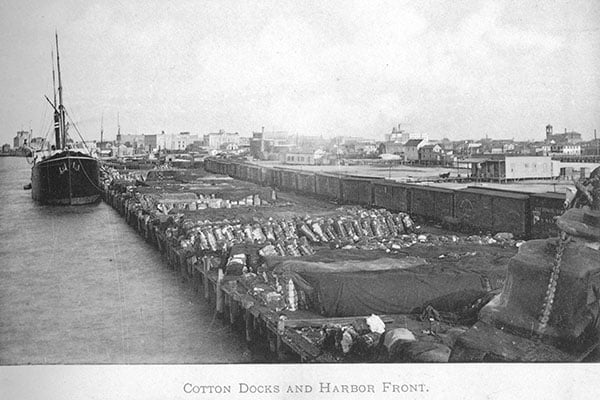
Established by a proclamation issued by the Congress of Mexico on October 17, 1825, while the land known as Texas still belonged to Mexico, the Port of Galveston became the oldest port in the Gulf of Mexico west of New Orleans.
One of the most famous early Galveston residents was buccaneer Jean Lafitte. He built a fort on the rugged island and operated his fleet of ships from 1817 until 1821. After one of his captains mistakenly raided an American ship, the U.S. government sent a cutter to make sure Lafitte left the island permanently.
Stephen F. Austin, early Texas settler and a founding father of the Republic of Texas, visited the island shortly after arriving in the region in 1821. He described it as having “the best natural port that I have seen.”
At Austin’s urging, the Mexican government designated it as a provisional port and customs entry point on Oct. 17, 1825. The port played a vital commercial and military role in the Texas Republic’s battle for independence from Mexico. Its harbor was home to the Texas Navy, a squadron of four sailing vessels, which contributed to Sam Houston’s success over General Antonio Lopez de Santa Ana at the Battle of San Jacinto.
As the natural harbor grew in prominence, the city of Galveston, founded in 1839, grew around the port.
In 1837, New Yorker Charles Morgan opened the first steamship service with weekly trips to and from New Orleans. In 1854, several waterfront operations came together to found the privately held Galveston Wharf and Compress Company, which would later become the Port of Galveston.
Michel B. Menard, a Canadian-born trader and merchant who co-founded Galveston, was the company’s first chief executive officer. After his passing in 1856, John Sealy Jr. held the role until 1884. Sealy was a banker and merchant who gave money to build a Galveston hospital that eventually led to today’s University of Texas Medical Branch.
During the Civil War, both sides vied for control of the major seaport in the largest city in Texas. Federal troops maintained a blockade during much of the war. In 1863, Confederate forces expelled occupying Union troops from Galveston after a naval and land battle known as the Battle of Galveston.
By the 1870s, the Port of Galveston was a major U.S. commercial center with far-reaching maritime and rail connections. This fact helped Galveston win $6.2 million in federal funding in 1890 to become a deepwater port. By 1899, the port was the world’s foremost cotton port.
In 1940, the citizens of Galveston voted to buy the privately held port properties to become a self-sustaining city entity, which it remains today.
A Rich History
As the oldest port on the Gulf of Mexico west of the Mississippi, we have a fascinating history.
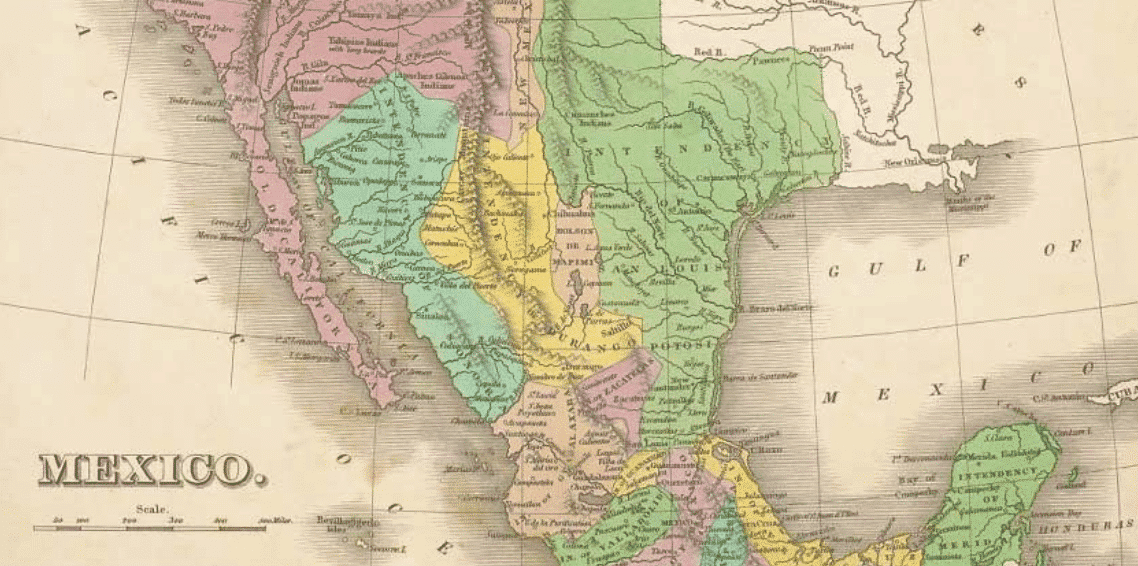
1825 – Mexico designates provisional port & customs entry point
1835 – Texas Navy homeport
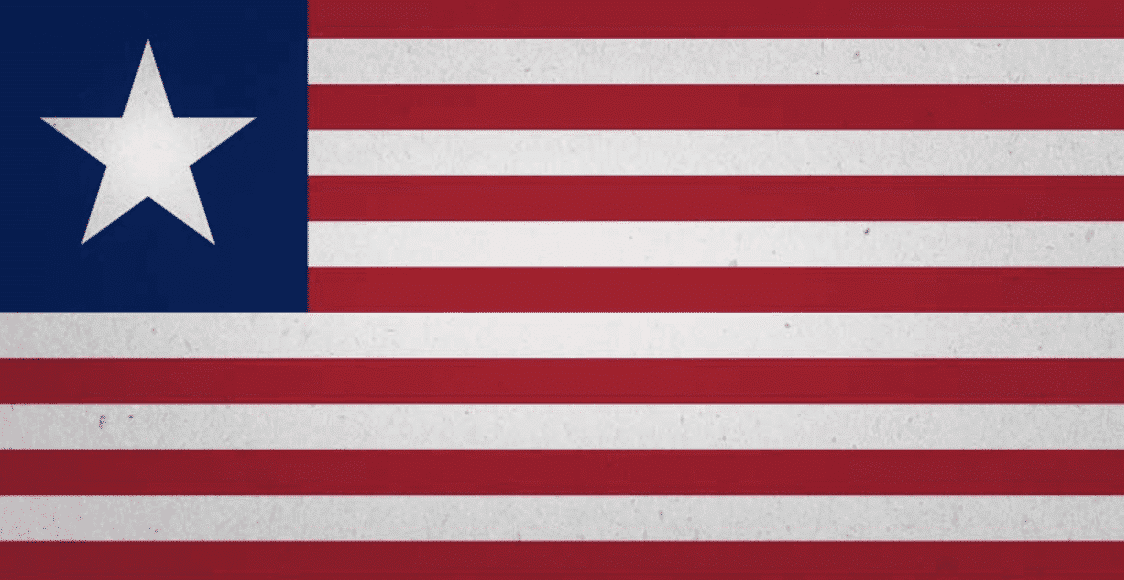
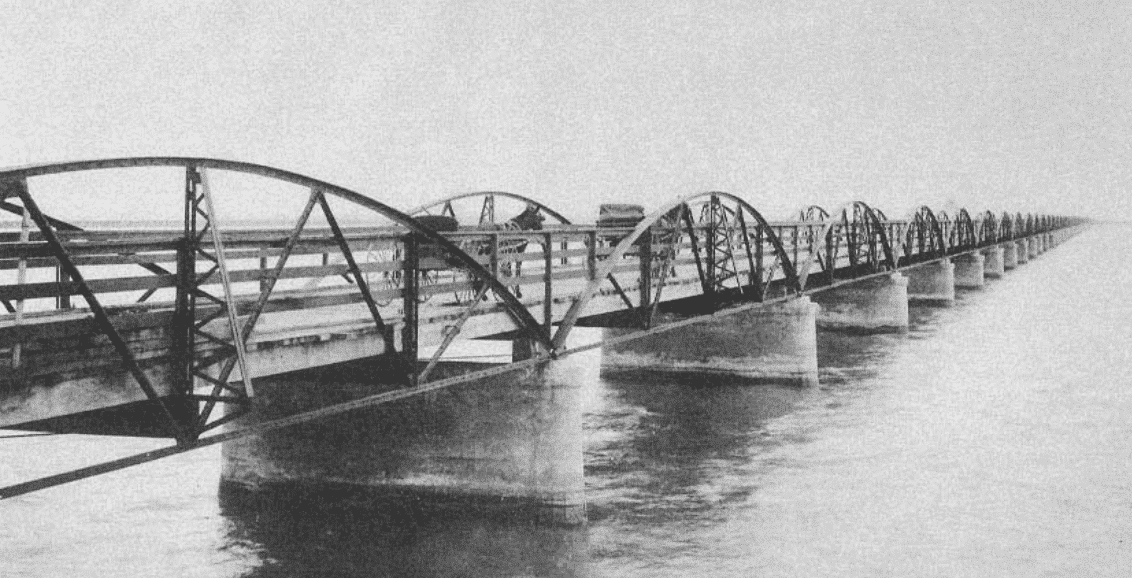
1860 – Railroad bridge completed
1889 – U.S. Congress funds channel deepening, protective jetty
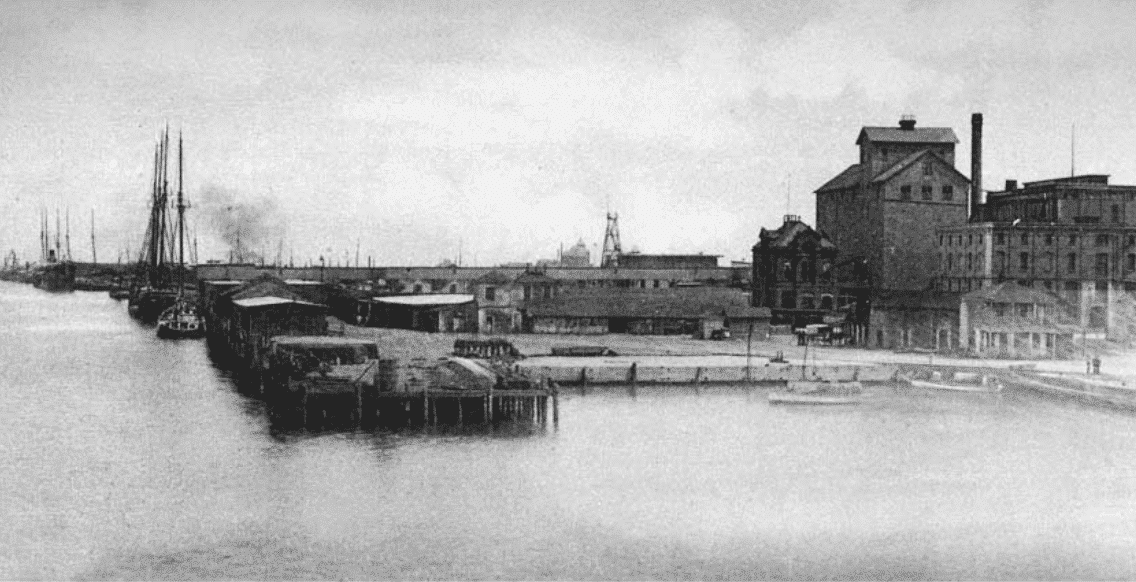

1890s – First grain elevator built
1940 – City buys private port; to be known as Galveston Wharves
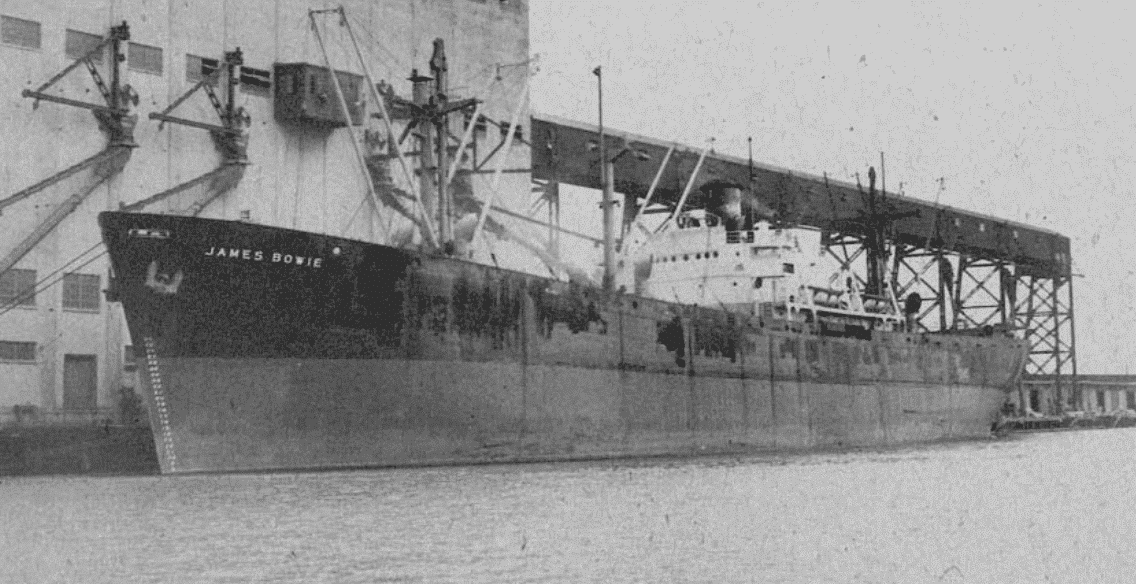
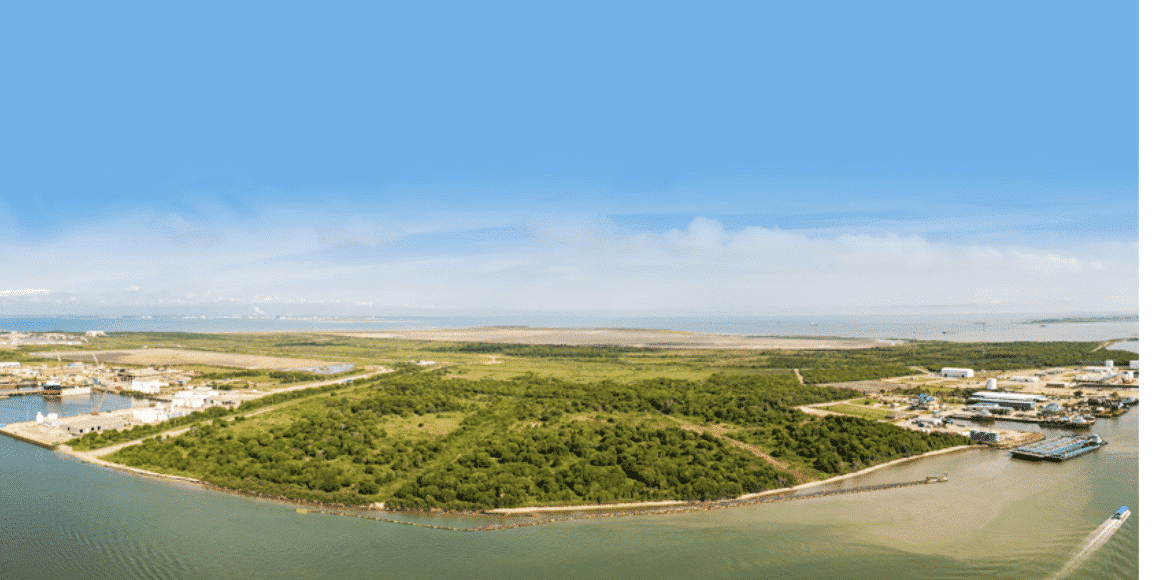
1974 – Port buys 100 acres on Pelican Island
1976 – Channel deepened to 40 feet
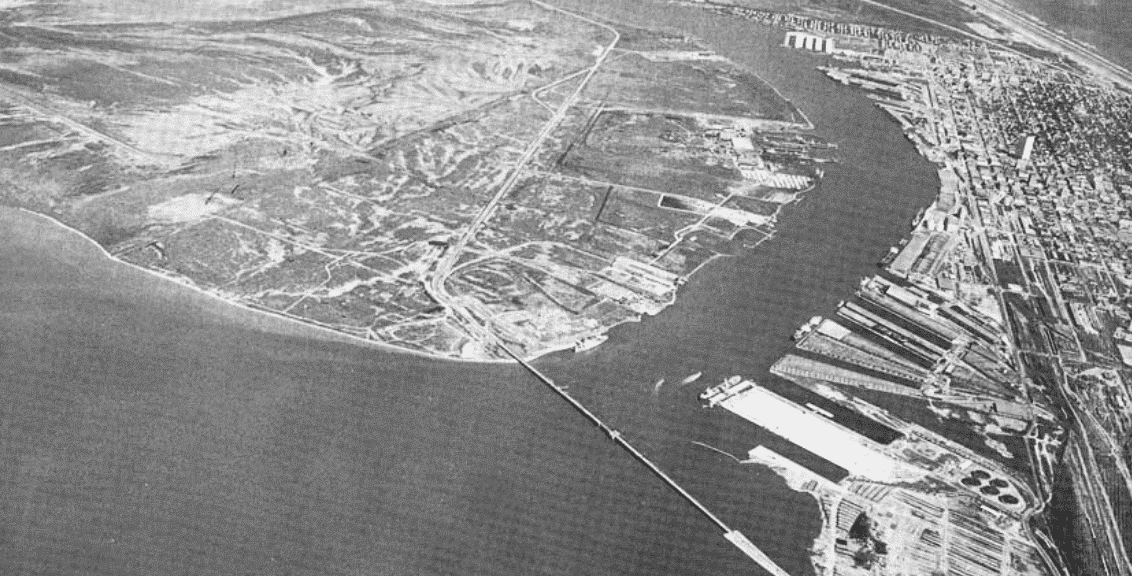
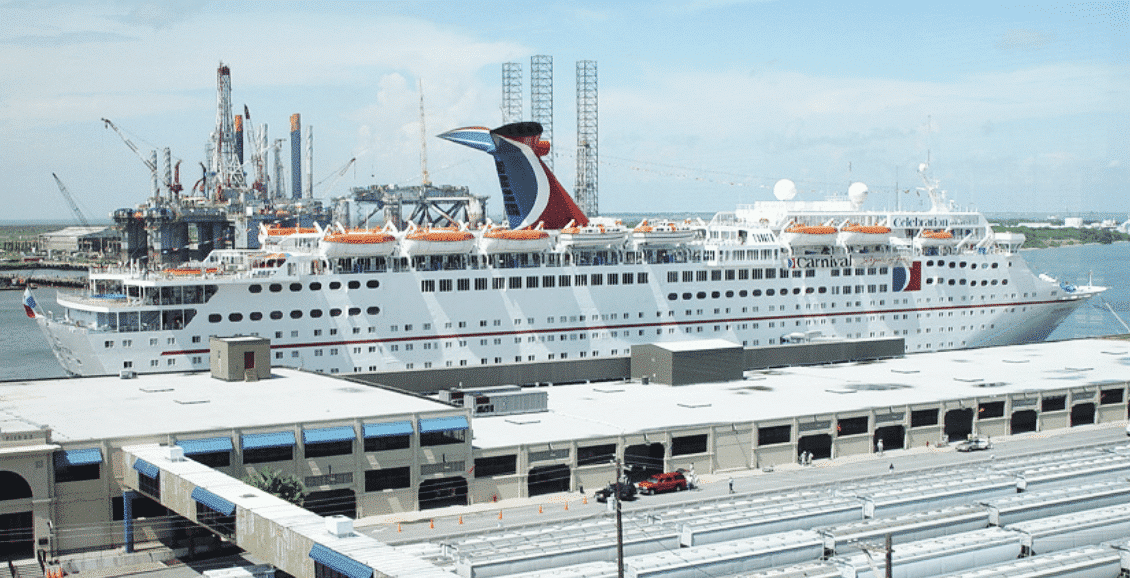
2000 – 1st cruise terminal opens at Pier 25; Carnival Celebration sails on inaugural voyage
2019 – A record 1-million-plus cruise passengers
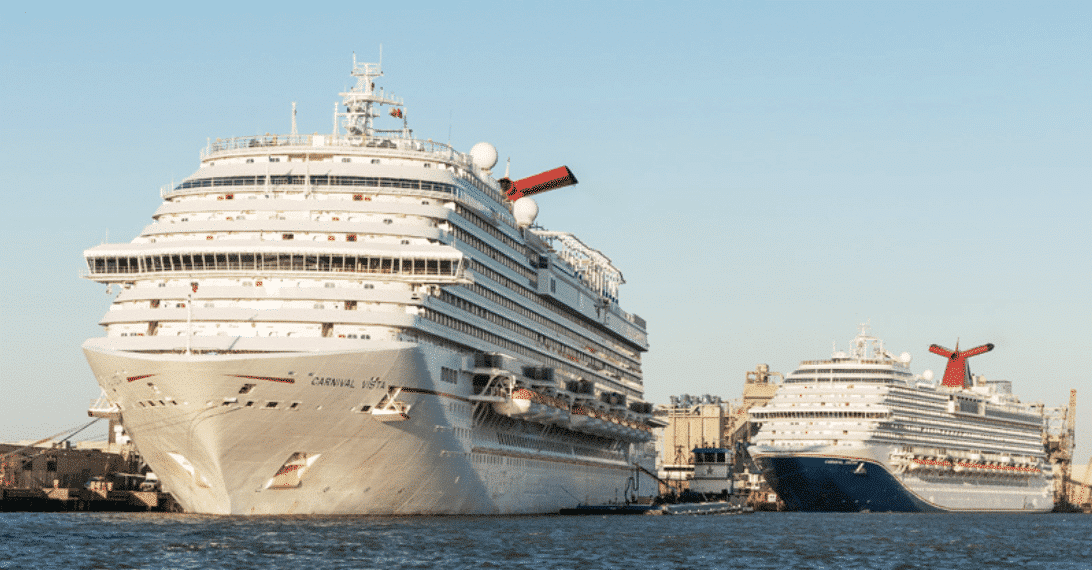

2022 – New $125 million Royal Caribbean Cruise Line terminal opens at Pier 10
Sources: A number of online and printed sources, including “Bob’s Galveston Island Reader,” written by the late Bob Nesbitt, longtime Galveston Wharves employee. Photos courtesy Galveston Wharves, Galveston Historical Foundation and Rosenberg Library, Galveston.
